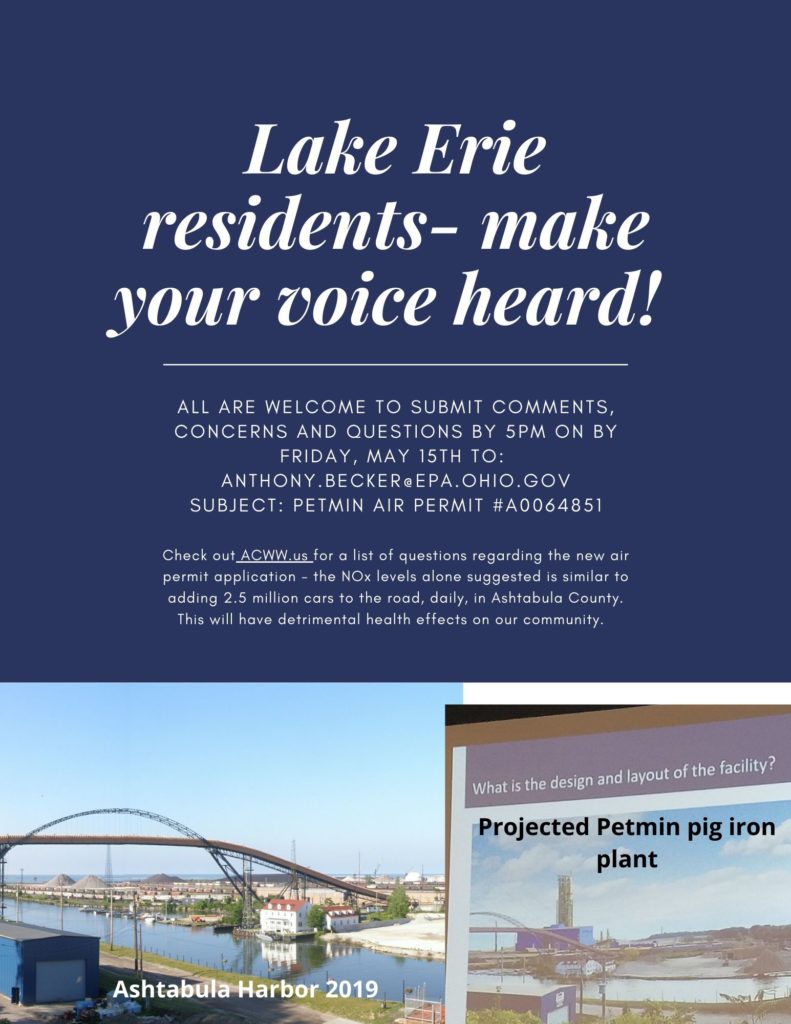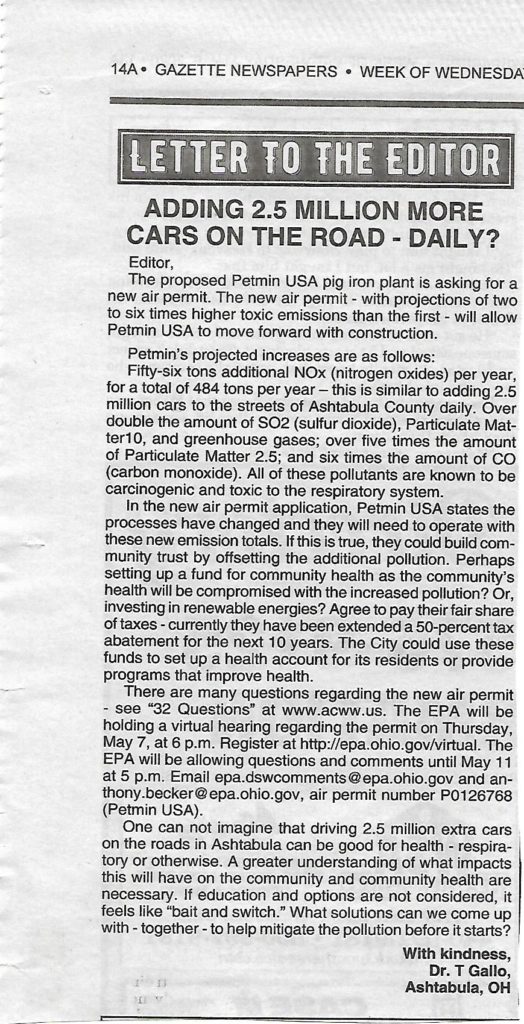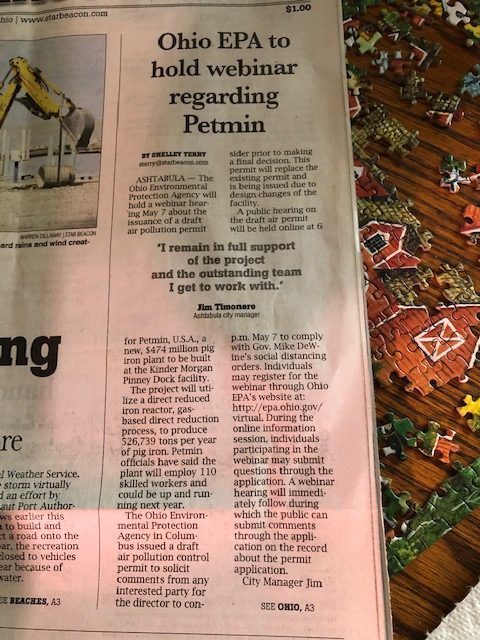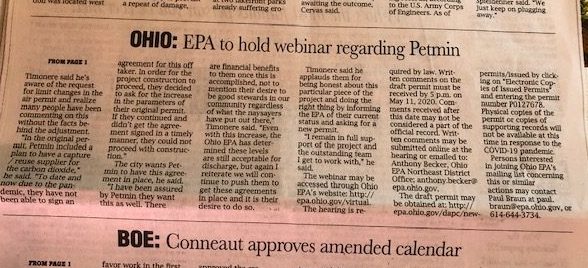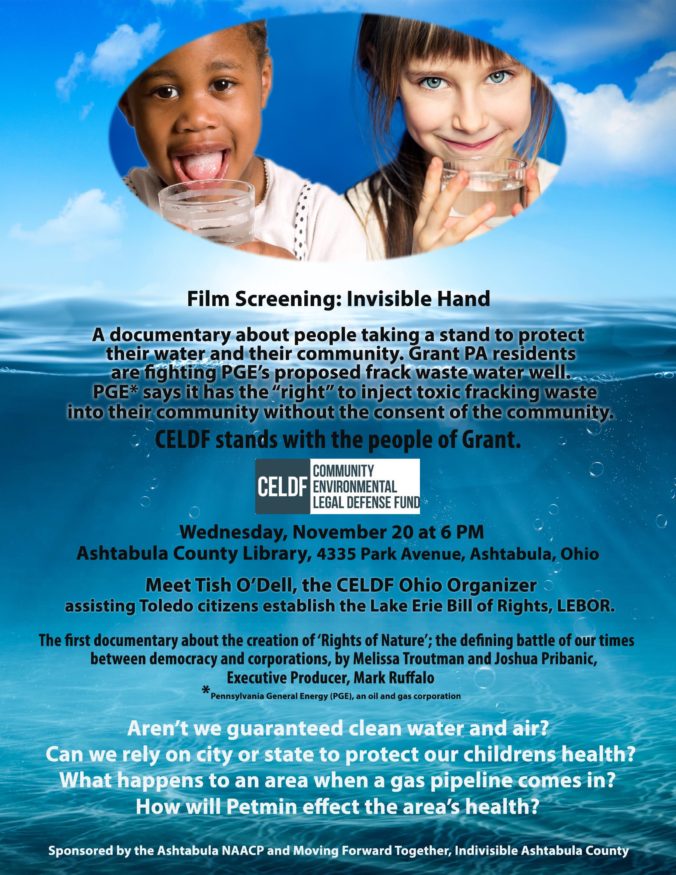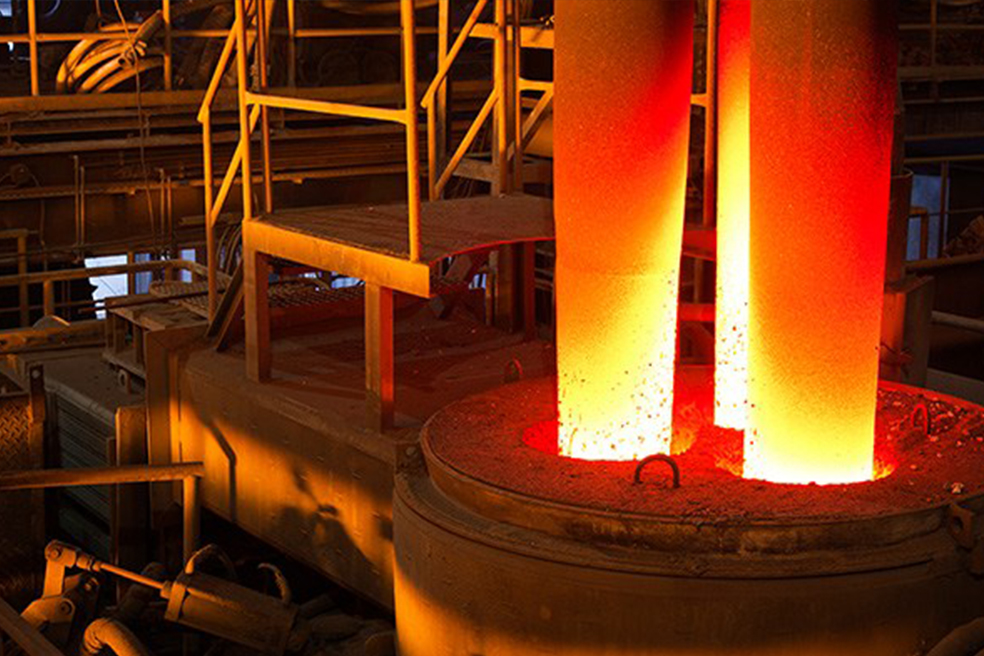Questions for town hall on 10.29.19 at KSU Ashtabula auditorium at 6pm regarding Petmin Pig Iron Plant:
1. At the Meet the Candidates Night on October 16, Jim Timonere stated that Petmin will pump waste water from the pig iron plant to the Ashtabula Wastewater Treatment Plant (WWTP) where it will be treated and discharged into Lake Erie and regulated under the existing permit held by the WWTP. Our questions regarding industrial waste water from the pig iron plant are as follows:
Regarding wastewater from the pig iron plant to be treated at the municipal WWTP . . . .
-What is the plant’s water source for industrial processes and what is the anticipated daily volume consumed?
-How will wastewater be generated by the plant? Specifically, in what industrial processes is water used and wastewater produced?
-What will be the volume of wastewater pumped to the WWTP daily?
-What chemicals are going to be eliminated in the wastewater and at what concentration?
-8 million dollars were spent by city last year for upgrades to the wastewater treatment plant (Star Beacon 3.7.18). Did Petmin contribute to these upgrades?
-If additional treatment processes are required, or additional upgrades are needed, who will pay? Will the cost be shouldered by Ashtbula residents?
Notes: This is on the WWTP website: average daily design flow of 12 million gallons per day (MGD), 18 MGD peak flow, 24 MGD max hydraulic flow. Actual daily operating flows vary from about 3.6 to 5.3 MGD. Local industries contribute 0.21 MGD. Councilperson Augie Pugliese has recently stated that the water treatment plant is not operating at 100% as they are awaiting parts from France for UV lights and centrifuge.
2. In the EPA’s Permit-to-Install, there are no requirements for on-site monitoring of any of the modeled air pollutants, but it states that existing monitoring stations in the county will be used. Can you provide more details about where these monitoring stations are, what they test for, and where that data can be found?
3. Will EPA be agreeable to fenceline monitoring?
4. There should be complete transparency of The City agreement with Petmin as the citizens are “The City.” Where can the agreement between The City of Ashtabula and Petmin be found (tax breaks, what type of infrastructure The City is responsible, monies projected to be paid to The City, etc.)?
5. The pig iron plant will pollute the local environment with nitrogen oxides, sulfur dioxide, greenhouse gases, volatile organic compounds and other waste products. While the emissions levels have technically been approved by the EPA, the plant will still contribute hundreds of tons per year of toxic chemicals to our local environment. Without the plant, we would not have to worry about polluting the air, land and water and could focus efforts on building on our strengths – like clean water for drinking, recreation, wineries, tourism? Don’t we, Ashtabula residents deserve more?
6. Do the panelists believe in climate change caused by human activity? How will the Petmin pig iron plant, and its release of greenhouse gases contribute to climate change?
7. The Permit-to-Install states that a third party will be capturing CO2 from the pig iron plant emissions. Who is that third party? Have they submitted a permit to the EPA yet? When will they begin their operation? As of 2/9/19 (air permit date) no application for the CO2 plant had been submitted. Not sure if one has been submitted since then.
8. What are the specific VOCs (volatile organic compounds) that will be released by the Petmin plant?
9. Ashtabula Co ranks 68th out of 88 counties in terms of health outcomes (https://www.countyhealthrankings.org/). Citizens of Ashtabula are asking The City of Ashtabula/Petmin to prepare a baseline health study as well as continuous monitoring/study after the plant is operational. What plan is in place to monitor the health of inhabitants both prior to and after plant is operational?
10. What emergency plan is going to be in place for accidental pollution discharges into air or water? Where can the public view this plan?
11. Petmin, a South African company, has received numerous environmental permit violations for its coal mining operations in South Africa. What assurance can we have that Petmin will comply with its EPA permit here in Ashtabula? What monitoring and enforcement is in place to ensure this?
12. The smelting process to produce pig iron involves removing impurities including phosphorus, manganese, and sulfur. Phosphorus contamination is a primary contributor to harmful algal blooms in Lake Erie. Can you describe how phosphorus waste from pig iron production is collected and disposed. What safeguards will be used to prevent phosphorus contamination of Lake Erie?
13. The biggest argument in favor of constructing the pig iron plant here in Ashtabula is that it will create 110 permanent jobs and contribute $35 million (check this) annually to the local economy. However, there are many (on 10.23.19 there were 23; Indeed.com) employment vacancies at manufacturing facilities in the area, which offer the same type of factory-type work. We know that the local economy is struggling in part because we cannot attract or keep young professionals in the area and that is in part because millennials are not attracted to factory jobs. Given that we cannot seem to attract young workers to existing manufacturing job vacancies, why do we think younger workers will flock here to fill jobs at Petmin?
14. Petmin is boasting this project as part of a manufacturing revival in this country and points out that manufacturing is a $33 billion industry employing 200,000 people nationally. At the same time, the tourism industry employs 7.8 million people and earns $1.6 trillion dollars annually. So not only is tourism a stronger industry economically, but it could also be leveraged to promote urban and environmental beautification and draw attention to protecting our most valuable natural resource, Lake Erie. Would it not make sense to focus on promoting the tourism industry here in Ashtabula rather than a manufacturing plant that will contribute to air, water, and noise pollution?
15. How will slag by product, which contains impurities removed during smelting, be handled and disposed? Where will it go?
16. Based on modeling data in the air permit, hourly and annual emissions of nitrogen oxide gases exceed Significant Impact Levels, and hourly nitrogen oxide emissions exceed the typical EPA rule of being less than 50% of the PSD increment. However, the EPA sometimes allows emissions up to 83% of PSD increments. The hourly nitrogen oxide emissions from the plant were modeled at 70% of the PSD increment and therefore just squeak by under EPA standards. However, there will be no on-site monitoring of nitrogen oxide emissions required. How can we be assured that acute, hourly emissions of nitrogen oxides will not pose health risks to people living in close proximity to the plant?
17. The pig iron plant proposes to use 15,000 million BTUs of natural gas daily (Petminusa.com). This is more than double the consumption of every household in Ashtabula County combined. Much of this natural gas will likely be sourced from horizontal hydraulic fracturing in Pennsylvania, a process which is known to be highly damaging to the environment and public health. Not only will the gas be sourced from the toxic practice of hydrofracking, but fracking waste from Pennsylvania is making its way back to Ashtabula County and being pumped into any of 15 active class 2 injection wells where it threatens to contaminate water and soil in our rich farmlands. This raises the question of whether the economic gains anticipated from the pig iron plant outweigh the environmental and public health costs, including cumulative impacts from interdependent processes such as hydrofracking and development associated with the Risberg pipeline, which seems to have been tailor made to this project and can pave the way for more industries that consume natural gas. What analysis has been done to take into account these cumulative impacts?
